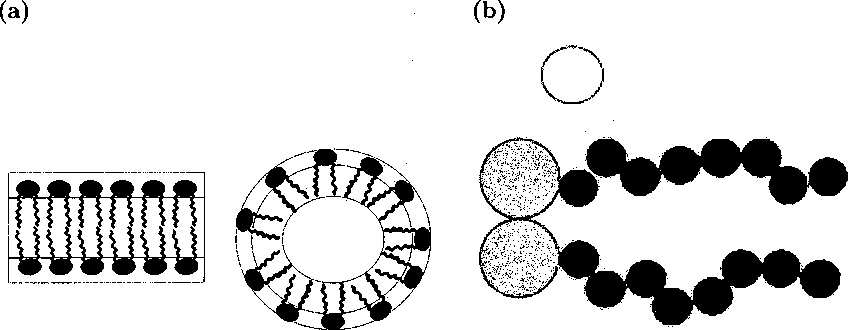
Figure 4.2: (a) Self-assembly of lipid molecules. Lipid bilayer on the left and Micelle on
the right. The head groups face outside towards the solvent while the long tail groups hide
away from the solvent, (b) Schematic of the lipid and solvent molecule. A lipid molecule
has a head group with two bigger segments (gray) and two tail groups with eight smaller
segments (black) in each. The solvent molecule (white) is of the same size as the tail
segments.
solvent is included in the model as a single segment with σs = σt. The segment-
segment interactions are based on the Lennard-Jones (LJ) potential.
(4.39)
Uaβ(r) = U⅛,β(r) - u⅛(τc∖
where
⅛T) = 4⅛, [(⅛)12 „ (⅛)β] , (4.40)
and rc is the cut-off distance. If rc = 21∕6σaβ the, interaction between segments a
and β is purely repulsive. The attractive interactions are included by taking a larger
cut-off, rc = 3.5σaβ. The energy constants for all the segments (head, tail or solvent),
98
More intriguing information
1. Work Rich, Time Poor? Time-Use of Women and Men in Ireland2. Regional differentiation in the Russian federation: A cluster-based typification
3. The name is absent
4. Foreign direct investment in the Indian telecommunications sector
5. Can we design a market for competitive health insurance? CHERE Discussion Paper No 53
6. DISCUSSION: ASSESSING STRUCTURAL CHANGE IN THE DEMAND FOR FOOD COMMODITIES
7. Business Cycle Dynamics of a New Keynesian Overlapping Generations Model with Progressive Income Taxation
8. LABOR POLICY AND THE OVER-ALL ECONOMY
9. EFFICIENCY LOSS AND TRADABLE PERMITS
10. The Trade Effects of MERCOSUR and The Andean Community on U.S. Cotton Exports to CBI countries